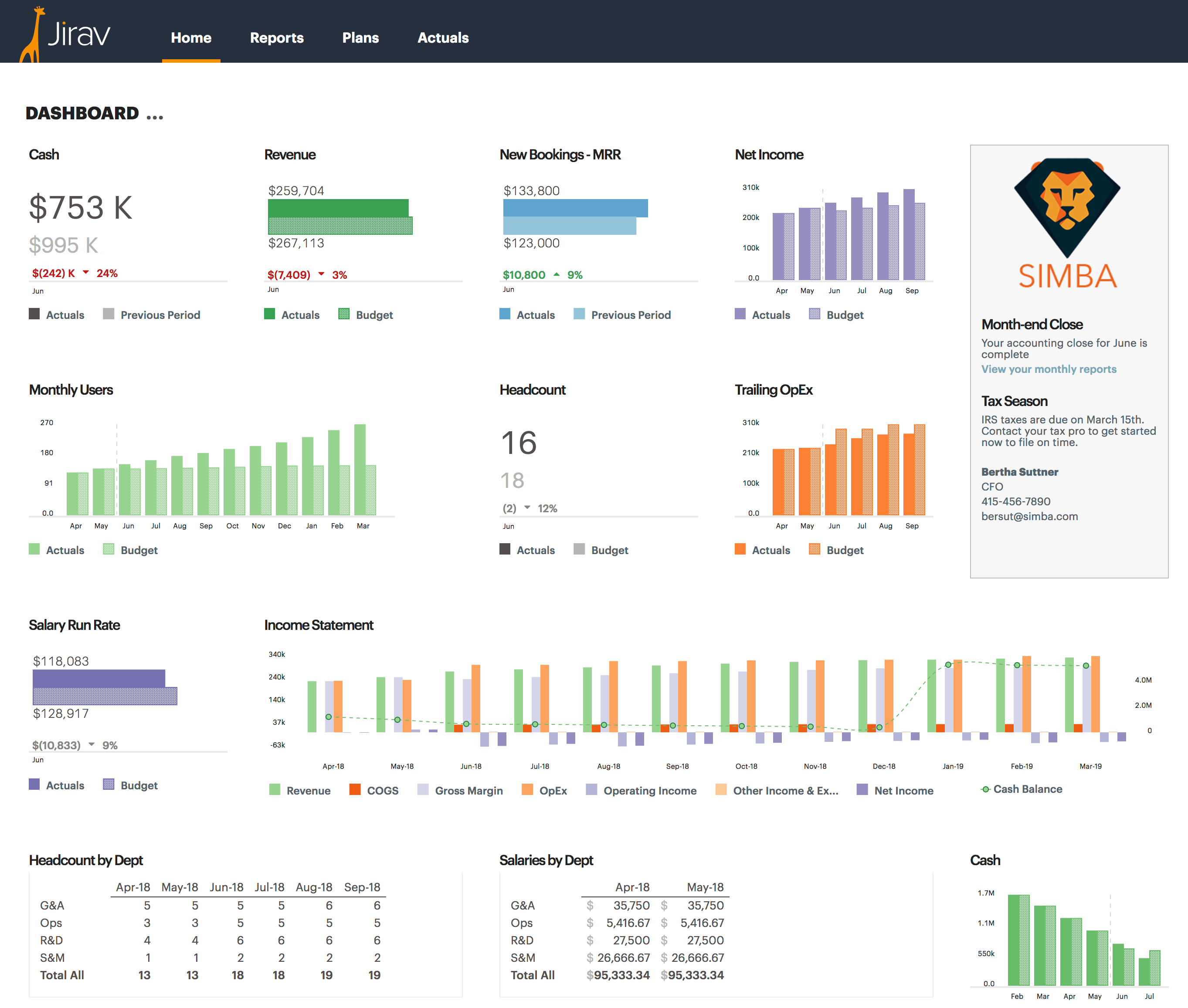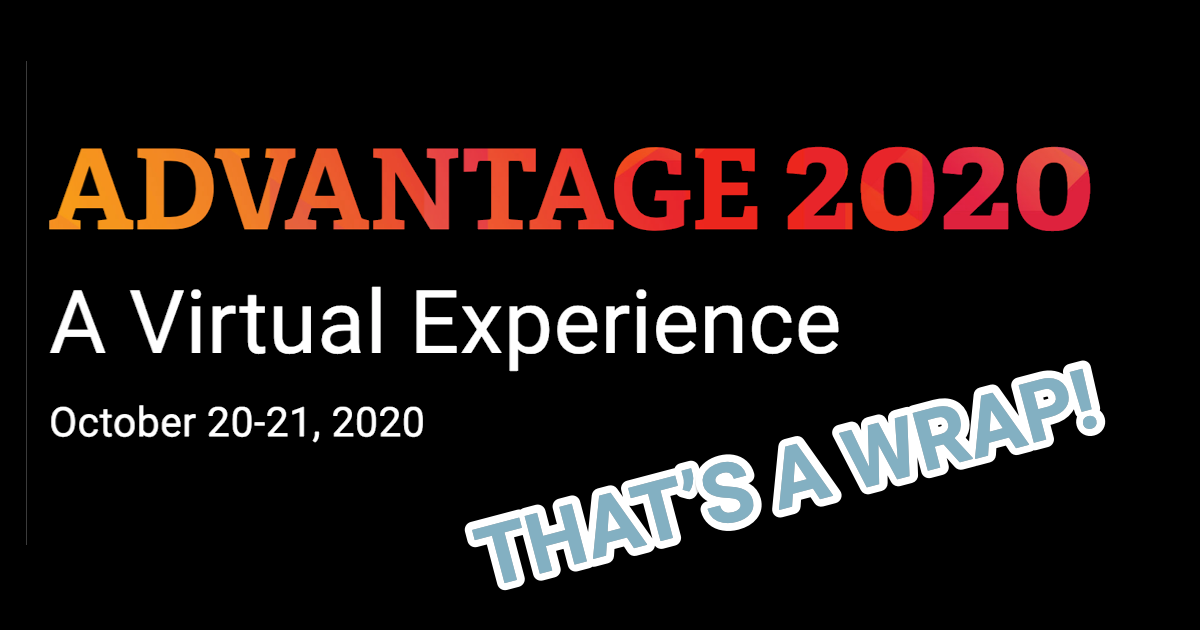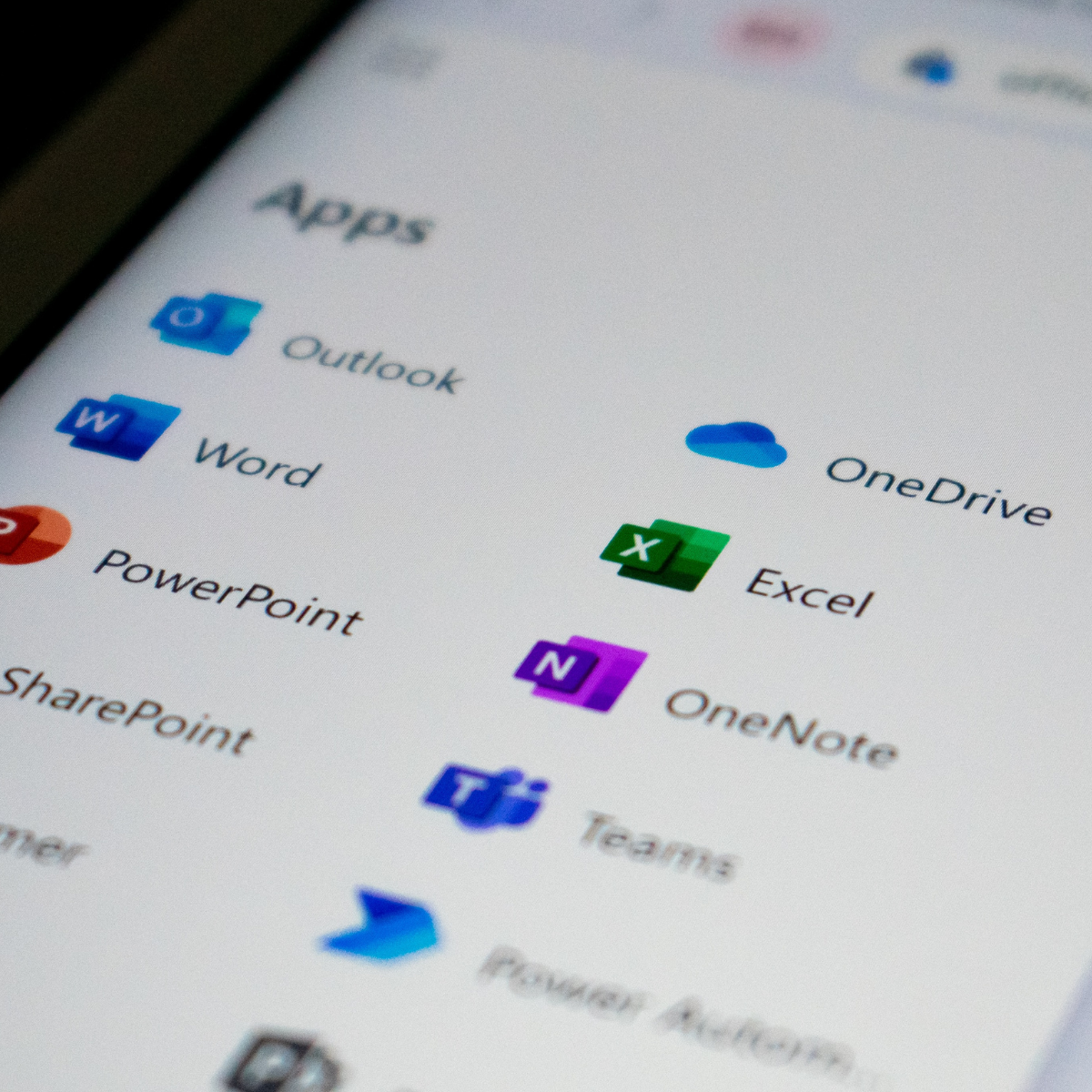When it comes to achieving your business goals, budgeting is a key factor.
In addition to establishing a basis for making sound financial decisions, creating a successful budget requires you to sit down and establish your business’s goals. The budgeting process allows the team to define the direction of the business and lays the groundwork for future business decisions.
So what’s the best method? The short answer is, traditional approaches to budgeting are each burdened with their own set of flaws, but can also have unique benefits. This is often why, in practical application, a blend of several budgeting methods —including driver-based budgeting—can bring an entirely new dimension to your budgeting and forecasting experiences. By today’s practical standards, the best method is a hybrid approach. To better understand what that hybrid might include, let’s explore the traditional methods first.
What are the different types of budgeting?
As with nearly all aspects of life and business, there’s more than one way to make a budget. Many companies follow traditional approaches, which include:
- Incremental budgeting
- Activity-based budgeting
- Zero-based budgeting
- Value proposition budgeting
1. Incremental budgeting
This commonly-used budgeting method typically takes historical data and extrapolates the trends out for the next year, allowing for small adjustments up or down.
For example, following this approach might lead to budgeting a 7% increase in sales and a 3% reduction in production costs for the next year.
This process is generally simple and easy to understand. But it assumes that the cost and revenue drivers don’t change very much from year to year.
2. Activity-based budgeting
Generally a top-down approach, an activity-based budget is based on expected output and profitability. While it allows for more control over the budgeting process, it requires access to historical data and can be quite complex (expensive) to implement.
A younger company, or one operating in an unstable environment might find this concept difficult to implement.
3. Zero-based budgeting
With a zero-based budget, each department’s budget starts from scratch. Every cent must be justified in order for it to be included in the budget.
This process eliminates the waste and slack often developed following years of incremental budgets. Zero-based can be especially helpful during a restructuring, or when the company is experiencing a critical financial situation. But it can be very time-intensive and detailed.
4. Value proposition budgeting
In a value proposition budgeting approach, each line item or expense is examined to determine its value—to customers, employees/the company, and other stakeholders. When creating a value proposition budget, ask the following questions:
- Why are we spending this money/why is it included in the budget?
- What value does this item create for stakeholders?
- Does the value outweigh the cost, and if not, what other reasons can justify including this item in the budget?
This budgeting method falls somewhere between incremental budgeting and zero-based budgeting, but doesn’t necessarily align directly with strategic goals like in activity-based budgeting.
The problem with traditional budgeting methods
While each method has its pros and cons, these more traditional approaches simply don’t offer the visibility and flexibility associated with driver-based modeling.
Driver-based modeling is a method of financial forecasting and planning where the model takes key factors (or drivers) into consideration in order to create a realistic financial projection. The fifth and final budgeting method we’ll explore here is driver-based budgeting—a more modern-day approach, which uses those key business-driving factors as the budgeting inputs.
Benefits of modern, driver-based budgeting
Implementing a driver-based budget allows your company to define key drivers, factors that really move the needle, as inputs for the budget process. Very often these non-financial KPIs, things like conversion rate or number of sales calls, provide fantastic inputs for “driving” revenue and cost alike.
Data integrity
Because traditional budgeting can be such a lengthy and complex process, mistakes are common. Incorrect inputs or formula errors anywhere in the process (but especially at the outset) can have a massive effect on the assumptions and outcomes planned in the budget.
Driver-based budgeting allows CFOs to focus on the data that really matters to the organization. Because it’s system-based, the process ensures that the numbers can be trusted as a single source of truth.
Operational alignment
As the driver-based planning process incorporates key indicators from each department, it puts everyone on the same page. Department heads are pushed to plan factors that they can actually influence.
Efficiency and agility
Finance teams are swamped with data, and the amount of data is only expected to grow over the next decade. Traditional finance roles are largely focused on data-entry and budget preparation. This leaves little time for modeling and analysis - the real value-add from the finance organization.
Switching to driver-based modeling lets the finance organization put more effort into contributing to management decision making.
A driver-based budget gives businesses the flexibility to quickly respond to market or operational changes. During the budgeting process itself, it’s easy to perform scenario modeling for more accurate predictions, contributing to the overall operational strategy.
Reasons to use a driver-based budget
If you’ve ever worked at a medium sized business or larger, you’ve surely experienced the following scenario.
The annual budget was finalized in early January. But by the end of the first quarter, you realize that in addition to some not-insignificant assumption error, there’s also a disconnect between the “budget” figures from several different departments.
A system-hosted, driver-based budget creates a single source of truth, letting you forget about data silos and inaccurate data. Furthermore, discussions about who has the final numbers can become a thing of the past.
And there are other advantages as well.
The days of creating a static plan, based on past performance, belong in your rearview mirror. Driver-based budgeting jumpstarts active planning. Using real-time information and eliminating manual reporting helps you build a truly forward-looking budget.
This approach also increases accuracy while saving time.
Have you ever tried to run multiple scenarios in an Excel-based traditional budget? What about quickly integrating the latest, most up-to-date information? Or correcting incorrect assumptions?
It’s nearly impossible.
How driver-based budgeting works
As with some of the more traditional approaches, sales planning is the first step in a driver-based budget.
The sales teams align on their respective expected volumes, prices, and products. Then, they define how those sales will be achieved, typically by focusing on non-financial metrics like:
- Number of sales calls per sales rep
- Number of quotations per sales call
- Success rate per quote
These assumptions are then entered into the planning system, generating rules for the model. To assess the optimal expected activity level, changes to the size of the sales force or price increases can be modeled.
Operations then follows suit.
Based on the activity level resulting from the sales plan, operations creates a set of rules to define the level of necessary resources: people, equipment, and material. The model is set up so that when the sales expectations change, operational planning will be automatically updated.
After operations come the remaining departments: logistics, customer service, etc, depending on the industry.
The rules defined during the budget period allow the models to work, creating a robust financial model for the coming year. Of course, changing rules and adjusting the model is possible, but never done without explanation or discussion.
What business drivers to consider for your budget
Because specific drivers will vary widely (an e-commerce store might use daily sales, whereas a B2B company would use the number of leads or Customer Lifetime Value), let’s pull this back to the macro to talk about key drivers for any business.
In general, there are 5 key drivers to consider for any business:
- Cash
- People
- Profit
- Growth
- Assets
While unique, these drivers are all interdependent. Measuring the specific relationships in your business helps define key rules relating to how they interact. Then, your driver-based budget can be built on these rules and interdependencies.
Here’s a great resource if you’d like to get more granular on potential drivers to consider for your budget.
The key to a great driver-based budget: Jirav
Implementing driver-based budgeting can bring a dramatic improvement to your budgeting and forecasting process. Not to mention how it would free you and your finance team to focus on truly value-adding activities.
Jirav not only integrates seamlessly with all of your existing accounting and reporting systems (i.e. expense trackers, payroll, etc), you can also use it for custom, real-time reporting of any metric or driver.
Are you ready to take your financial modeling to the next level?












